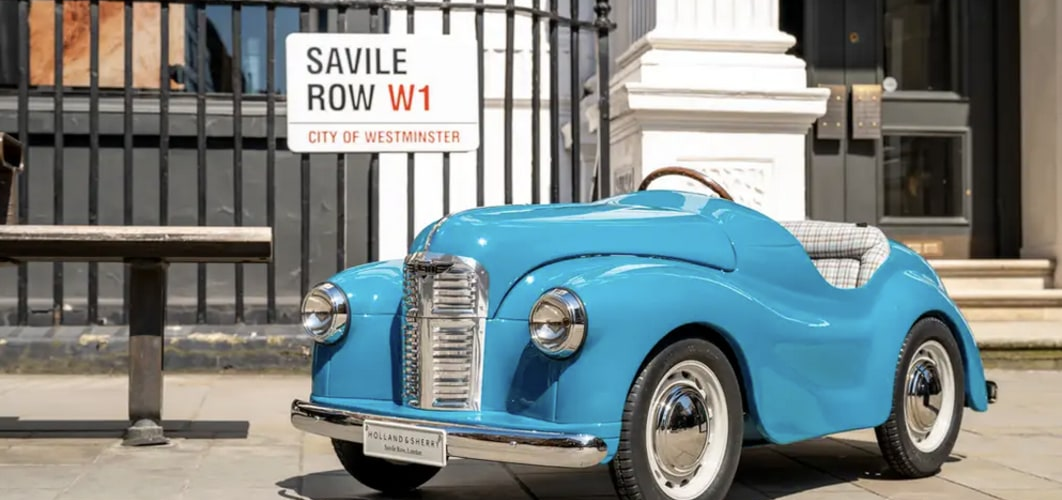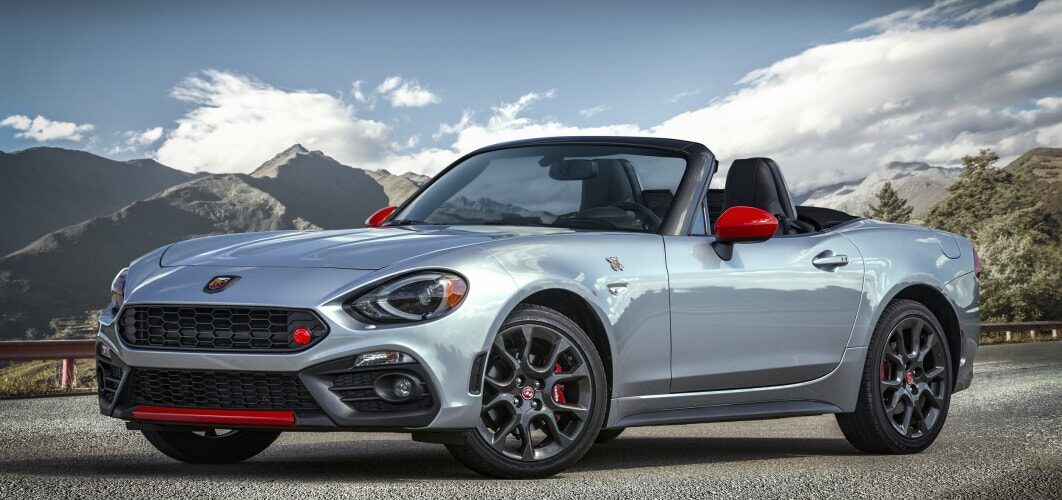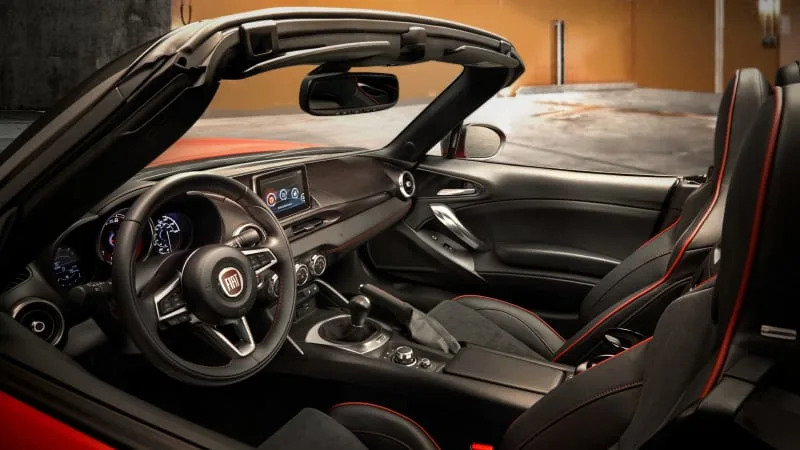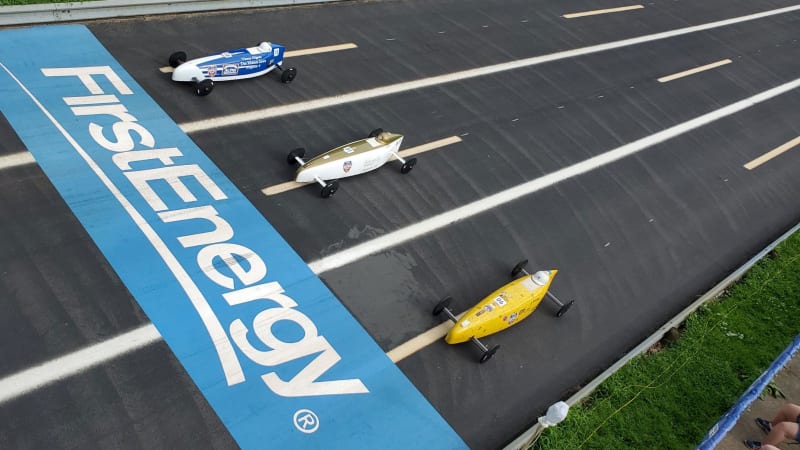Although the name “Austin Pedal Car” doesn’t resonate too loudly in this country, across the Pond the company attracts great affection for its detailed, classic pedal cars that appeal as much to adult collectors as they do to children with a yen for mobility.
This month the venerable British company has partnered with another veddy British firm, the nearly 200-year-old Savile Row tailor Holland & Sherry, to fashion an exclusive concours-worthy version of Austin’s classic J40 pedal car, called the J40 Continuation.
The model itself is undeniably gorgeous with its billet-aluminum construction, precision rack-and-pinion steering, cable-operated rear disc brake and a “perfectly balanced” pedaling system. No price was set, but a new Continuation model is about $32,000. Austin also sells restored versions of the original decades-old models at prices that start at about $7,500.
The “special” result of the collaboration features an interior finished in Holland & Sherry cloth, with a sumptuous, individually designed and tailored seat. The cloth was chosen to match the car’s stunning turquoise paintwork. The car is offered as “bespoke,” which allows customers to order from a choice of colors and a range of Holland & Sherry cloths.
The J40 pedal cars were all originally built between 1949 and 1971 — it’s rumored that Prince Charles (now King Charles) owned one as a boy. They were invented when the British government asked industrialists to make available jobs for disabled mine workers after World War II. The Austin Motors president had the idea to use scrap metal from his supply chain to make them, employing 250 former miners in Wales. The mini cars had opening hoods, working lights and Dunlop tires.
Mark Burnett, managing director of Austin Pedal Cars, said that “to collaborate with a bespoke Savile Row brand like Holland & Sherry is a real honor. The wonderful J40 Continuation we have created combines the best in British style and design, and is a car that would be the perfect addition to any automotive collection, or could even be displayed as a piece of automotive art.”





